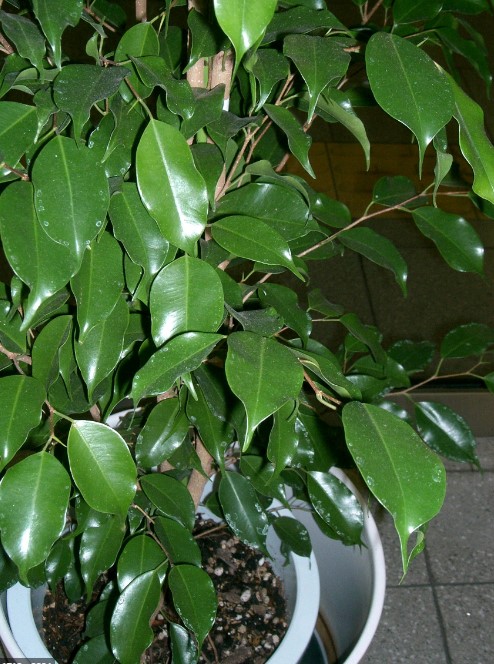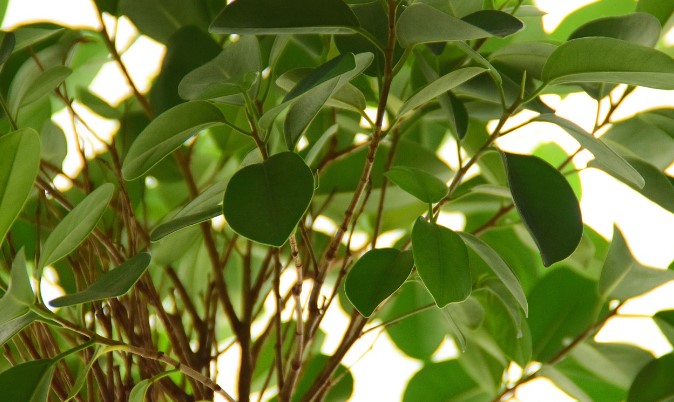Ficus Houseplants – How To Care For A Ficus Tree
Ficus trees are a common plant in the home and office, mainly because they look like a typical tree with a single trunk and a spreading canopy. But for all of their popularity, ficus plants are finicky. However, if you know how to care for a ficus tree, you’ll be better equipped with keeping it healthy and happy in your home for years. One of ficus’ greatest advantages is its adaptability. These plants prefer conditions that are ideal for their foliage, which makes ficus an ideal indoor plant. All of the popular varieties of ficus trees are coniferous, and they prefer bright, indirect light. During the winter months, you can place your ficus tree in a planter filled with dried herbs or sprinkle them into a bar none to brighten up its green hue.
The overall look of a ficus is very distinctive, with the acute spiky bifid leaves giving this plant its name. Some ficus species have colorful, powdery powder-like droplets on their leaves. These droplets are actually mosses that thrive under the right conditions. In fact, mosses are an important part of ficus’ care requirements. If you encounter ficus trees in your natural setting, place a clean container on the ground. Water the container every few days. This will help prevent the decay from occurring and keep your ficus tree looking nice.

Ficus species offer their inhabitants a third benefit: Their bark can be used to prevent humans from scratching their nails. Tanning ficus wood is a tried-and-true remedy for treating athlete’s foot. During the summer, you can actually prune ficus trees to add character to your home. If you’re holding your ficus plant in your hands, gently push out excess growth with your fingers. You can allow your tree to continue growing for a few more months if you feel the branch is getting too thick and solid. Ficus trees are typically cold-hardy and can survive cold temperatures. But so can many other houseplants. If your ficus tree begins to show signs of stress, look for an early-blooming, vibrant tropical plant to replace it.
These plants are traditionally known for their ability to stay green, so keeping one going in your home is not that big of a deal. You could really write an entire article about the care of ficus trees if you wanted to, but just know that ficus trees are not typically decorative on their own — remember that they’re a houseplant! A ficus tree only needs light to move around and be able to thrive.
Though they will need light to move around, this plant prefers a darker space. In general, you don’t want this plant to sit in direct sunlight and be exposed to direct heat either, as this can lead to scorch marks and rot.
Ficus trees respond quite well to daily misting (use a water spray bottle filled with water or an air pump to achieve this), and their roots thrive on a dish soaked in water and left out in the sun for a few hours. If misting is too frequent, you need to lightly mist the roots with water several times a day. Ficus trees need regular feeding, and if you use ficus leaf powders, follow the directions on the container in which you’re going to use them.
Like other houseplants, ficus models are a breeze to care for if you follow the instructions on the products. And, like most other houseplants, ficus plants appreciate cleaning daily. So be sure to hire a ficus cleaner to do this for you, just to be on the safe side. If your ficus isn’t properly cleaned, mold could grow back and ruin your budget.
